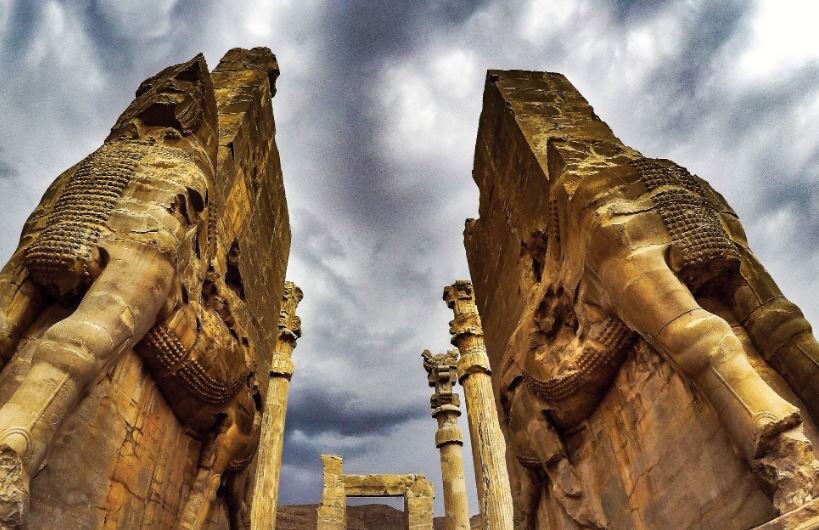World Heritage sites getting ready to host new year vacationers

TEHRAN – As the new year is just on the corner, a number of Iranian World Heritage sites are being prepared to welcome visitors during the Noruz holidays.
For instance, cleaning projects have been commenced on Bam citadel in the southern province of Kerman, Takht-e Soleyman in the northwestern West Azarbaijan province, and Persepolis in the southern province of Fars before Iranian new year (starts on March 21), CHTN reported on Sunday.
The cleaning works are being carried out in collaboration with the locals, cultural heritage aficionados, and environmental activists as well as some non-governmental organizations (NGOs), the report added.
Bam citadel
The origins of Bam citadel (“Arg-e Bam”) can be traced back to the Achaemenid period (6th to 4th centuries BC) and even beyond. The heyday of the mudbrick fortress was from the 7th to 11th centuries, being at the crossroads of important trade routes and known for the production of silk and cotton garments.
The citadel, which contains the governor’s quarters and the fortified residential area, forms the central focus of a vast cultural landscape, which is marked by a series of forts and citadels, now in ruins. The existence of life in the oasis was based on the underground irrigation canals, the qanats, of which Bam has preserved some of the earliest evidence in Iran and which continue to function till the present time.
Takht-e Soleyman
Takht-e Soleyman (“Solomon’s Throne”) bears testimony to various eras of the nation’s history. It is situated in the southeastern highlands of West Azarbaijan province overlooking a lake with a backdrop of a snowcapped mountain range.
The historical ensemble was established in a geologically anomalous location as the base of the temple complex sits on an oval mound roughly 350 by 550 meters. Inspired by natural context, the rich harmonious composition draws local and foreign travelers who want even for minutes to revel in its peaceful atmosphere.
Persepolis
Persepolis, also known as Takht-e Jamshid, whose magnificent ruins rest at the foot of Kuh-e Rahmat (Mountain of Mercy), was the ceremonial capital of the Achaemenid Empire. It is situated 60 kilometers northeast of the city of Shiraz in Fars province.
The royal city of Persepolis, which ranks among the archaeological sites which have no equivalent, considering its unique architecture, urban planning, construction technology, and art, was burnt by Alexander the Great in 330 BC apparently as revenge to the Persians because it seems the Persian King Xerxes had burnt the Greek City of Athens around 150 years earlier.
ABU/AFM
